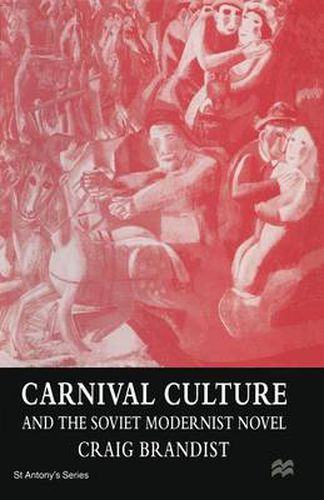Readings Newsletter
Become a Readings Member to make your shopping experience even easier.
Sign in or sign up for free!
You’re not far away from qualifying for FREE standard shipping within Australia
You’ve qualified for FREE standard shipping within Australia
The cart is loading…






This title is printed to order. This book may have been self-published. If so, we cannot guarantee the quality of the content. In the main most books will have gone through the editing process however some may not. We therefore suggest that you be aware of this before ordering this book. If in doubt check either the author or publisher’s details as we are unable to accept any returns unless they are faulty. Please contact us if you have any questions.
This book examines the work of five Soviet prose writers - Olesha, Platonov, Kharms, Bulgakov and Vaginov - in the light of the carnivalesque elements of Russian popular culture. It shows that while Bakhtin’s account of carnival culture sheds considerable light on the work of these writers, they need to be considered with reference to both the concrete forms of Russian and Soviet popular culture and the changing institutional framework of Soviet society in the 1920s and 1930s.
$9.00 standard shipping within Australia
FREE standard shipping within Australia for orders over $100.00
Express & International shipping calculated at checkout
This title is printed to order. This book may have been self-published. If so, we cannot guarantee the quality of the content. In the main most books will have gone through the editing process however some may not. We therefore suggest that you be aware of this before ordering this book. If in doubt check either the author or publisher’s details as we are unable to accept any returns unless they are faulty. Please contact us if you have any questions.
This book examines the work of five Soviet prose writers - Olesha, Platonov, Kharms, Bulgakov and Vaginov - in the light of the carnivalesque elements of Russian popular culture. It shows that while Bakhtin’s account of carnival culture sheds considerable light on the work of these writers, they need to be considered with reference to both the concrete forms of Russian and Soviet popular culture and the changing institutional framework of Soviet society in the 1920s and 1930s.